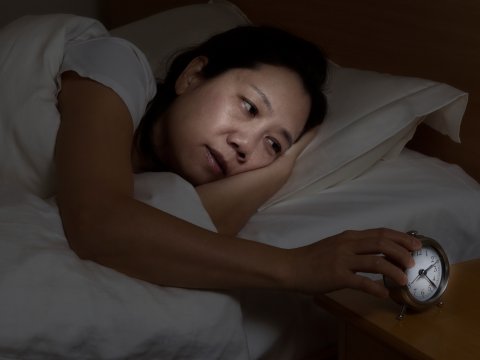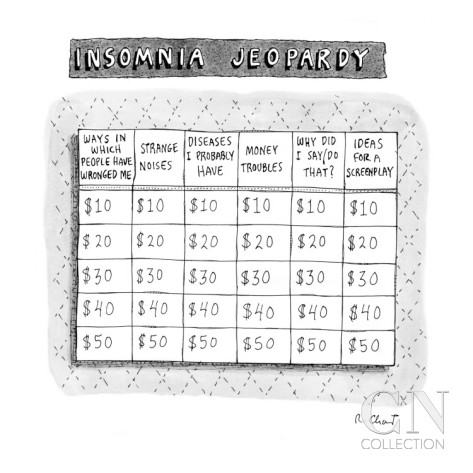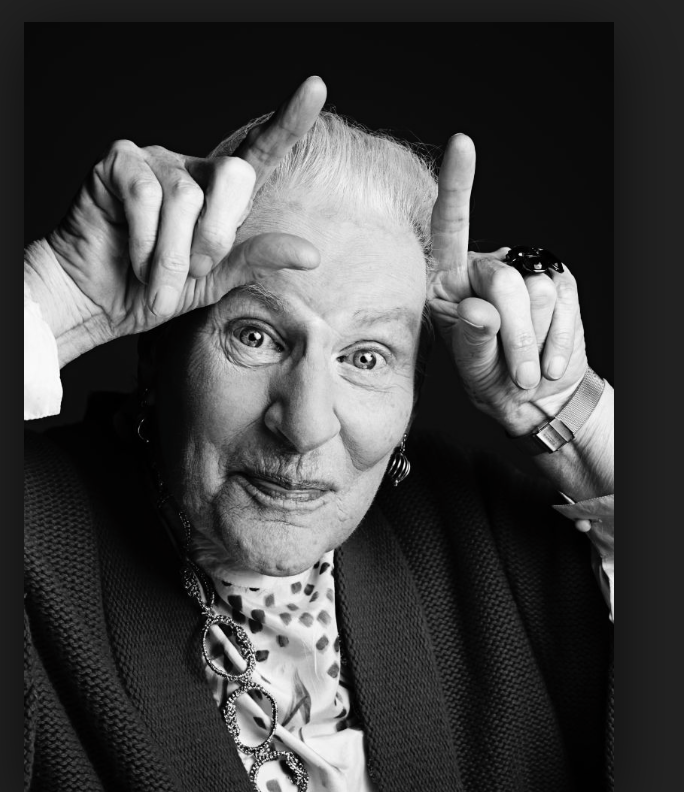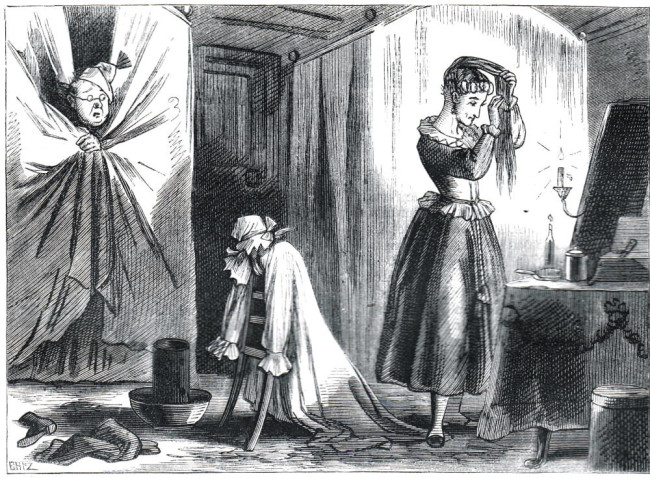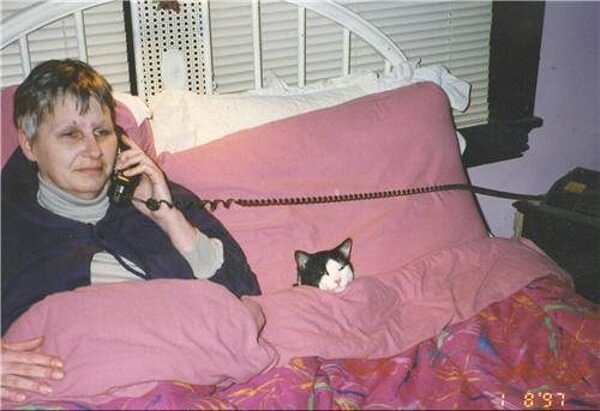It seems that practically every woman I know, myself included, has trouble sleeping. Insomnia is the new hot topic. Sleep tips abound on the Internet and in popular lifestyle magazines.
For many of us the issue isn’t so much falling asleep but waking up in the wee hours of the morning, and not being able to get back to sleep. Conventional advice for a good night’s sleep recommends: don’t use electronic devices before bed, resist that glass of wine close to bedtime, take melatonin at least one hour before retiring, and sleep in a darkened room. I follow these recommendations but still often wake up well before my alarm goes off.
I’ve tried, with limited success, recommendations for falling back to sleep which include getting out of bed, if I’m still awake after 15 minutes, and moving into a chair to read. Or, stay in bed and count my blessings. I even considered sleep expert Mark Tyrrell’s advice to switch from “hunting” to “caught” mode, which means abandoning my quest for solutions to the night worries that keep me awake by moving into ‘caught’ mode.
Tyrrell explains: “Take your worries and strongly imagine that they have been solved . . . The more outlandish the solution the better . . . because you’re engaging in out of the box thinking.” Hmm, if I imagine all the difficult people in my life sent to Mars, will that send me back to slumber land? I have my doubts.
Other experts rally around a variety of relaxation techniques like focusing on a white light that moves through your body from your toes to your head, rubbing your ears or rolling your eyeballs with your eyes shut. The last two are so silly that I avoid them, thinking they’ll set off convulsions of laughter, making me even more wide-awake.
Diana Athill, the recently deceased British memoirist, wrote of counting old lovers when sleep failed her. I’m delighted that this worked for her, but many of my past relationships were too turbulent to invite heavy eyelids.
Just when I thought I would never lick insomnia, I glommed on a comfortable solution although it doesn’t rule out being awake for a portion of the night. It’s the concept of “segmented sleep.”
According to historian Roger Ekirch this was the common sleep pattern before the Industrial Revolution, where sleep was divided into “first sleep” and “second sleep.” People would go to bed, sleep for four hours, and get up to write, read, and even have sex. After a few hours, they’d go back to bed for another four hours of sleep. In the morning they reported feeling refreshed.
Ekirch maintains that consolidated sleep with no awakenings may not be the natural way to sleep.
Wow, was this welcoming news! Now when I wake in the middle of the night I don’t panic, I read something light, sometimes with a cup of herbal tea. When I feel sleepy I go back to bed.
